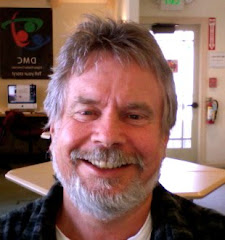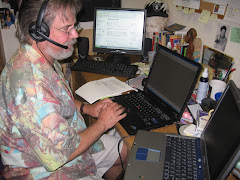“Mapping the Buzz” is the title of an article in, of all things, the USC Trojan family Magazine, the autumn issue (page 18, should you want to read the whole thing). The author, Cristy Lytal, describes the work of two academics, Elizabeth Currid, of USC’s School of Policy, Planning and development, and Sarah Williams, director of Columbia University’s Spatial Information Design Lab. They have been examining Los Angeles and New York, respectively, from the novel geographic perspective of 300,000 photographs taken over a 12 month period (March 07 to March 08) by Getty Images, documenting arts and entertainment events. The analysis of these images has produced a quantitative account of where creative social scenes (art, fashion, popular music being among the significant loci) have formed. The most significant “cultural hot spots” in LA were Beverly Hills and the Hollywood segment of Sunset Boulevard; in New York, Lincoln and Rockefeller Centers and Broadway, between Time Square and SoHo.
These areas are labeled “disproportionate event enclaves” because of the tendency for the more significant events (screenings, fashion shows, concerts, theater premiers, gallery openings) to happen there and for “spillover nodes” (not specified, but I assume restaurants, bars, clubs, coffee shops and the like) to be found in the vicinity. The researchers plan to extend their investigations across time (other years) and space (other cities) in order to further explore patterns of “social agglomeration.”
All of which might sound a little obvious, a little pretentious, or maybe both. But it did set me thinking again about the possible ways to localise an ESL curriculum. In a possible lociculum (locabus?) model, it would be incumbent on a needs assessment to perform the equivalent of mapping the buzz, or, because it sounds grander and more technical, tracing the disproportionate event enclaves, along with their spillover nodes. More specifically, I suspect that the responsibility of the needs assessment might be confined to sketching the outlines (perhaps the contours, or isoglosses, or isotherms?) of these enclaves because it will be the task of the learning community to fill in the details through their work together.
This corresponds nicely, I think, to the light specification of the syllabus called for in progressivist or post-structural approaches.
How would this work proceed? The data will be less extensive than the Currid-Williams-Getty archive, but more varied: local newspaper accounts, TV clips, in-person observations, interviews with key local players, on-line sources and so forth. The data base might be anchored in a large and detailed map, with coloured pins and other devices. Google Earth would be a potent complementary online tool. Products might include guidebooks, posters, journals and the like.
Come to think of it, mapping the buzz might well create its own . . . well . . . buzz.
Thursday, February 4, 2010
Subscribe to:
Post Comments (Atom)






No comments:
Post a Comment